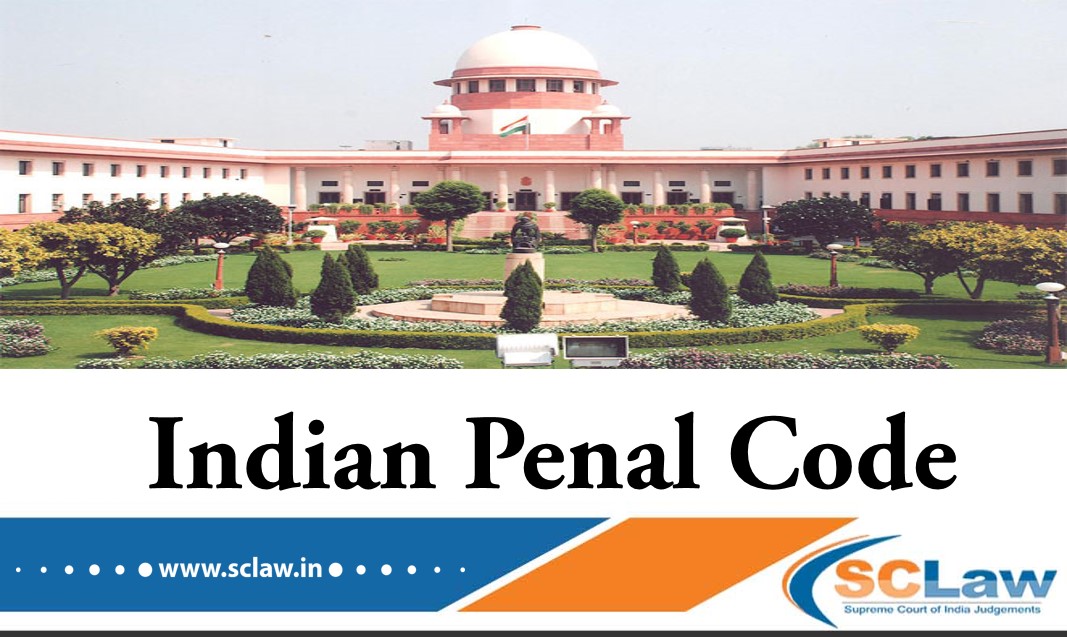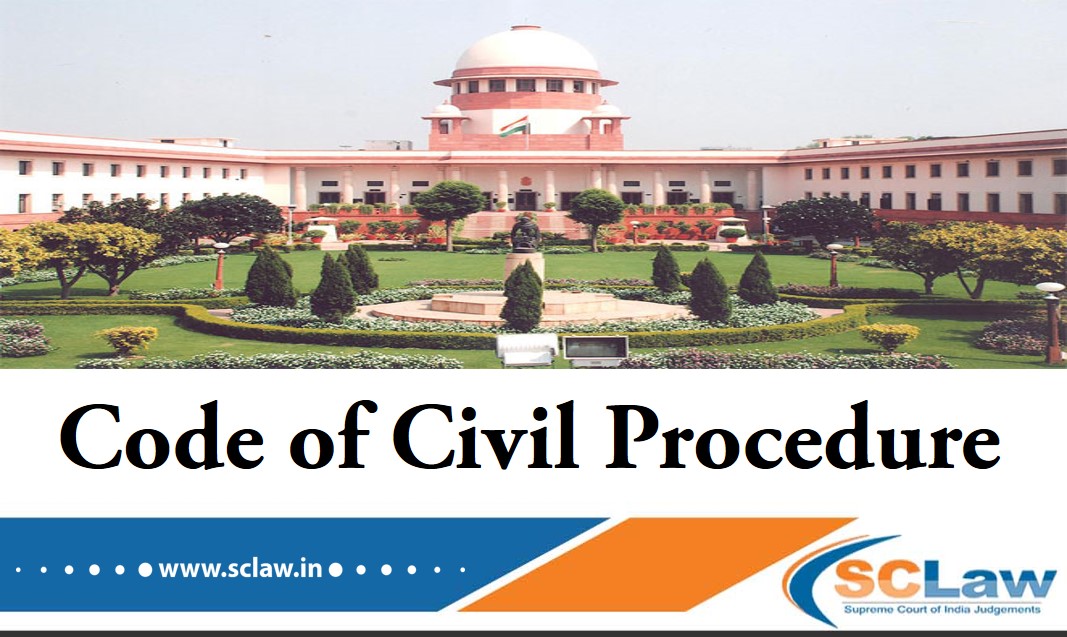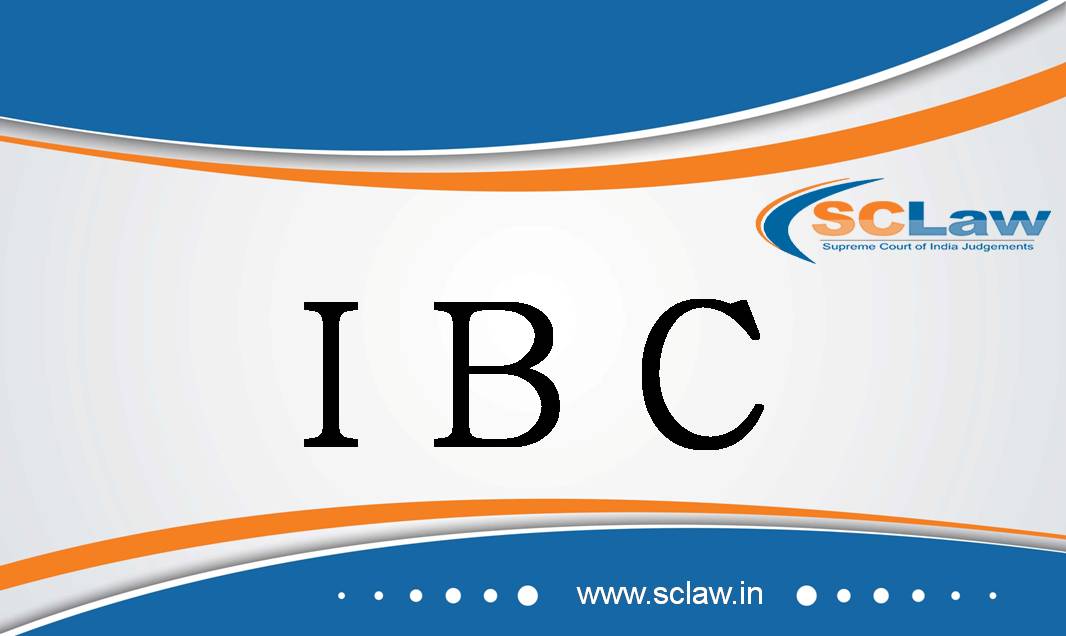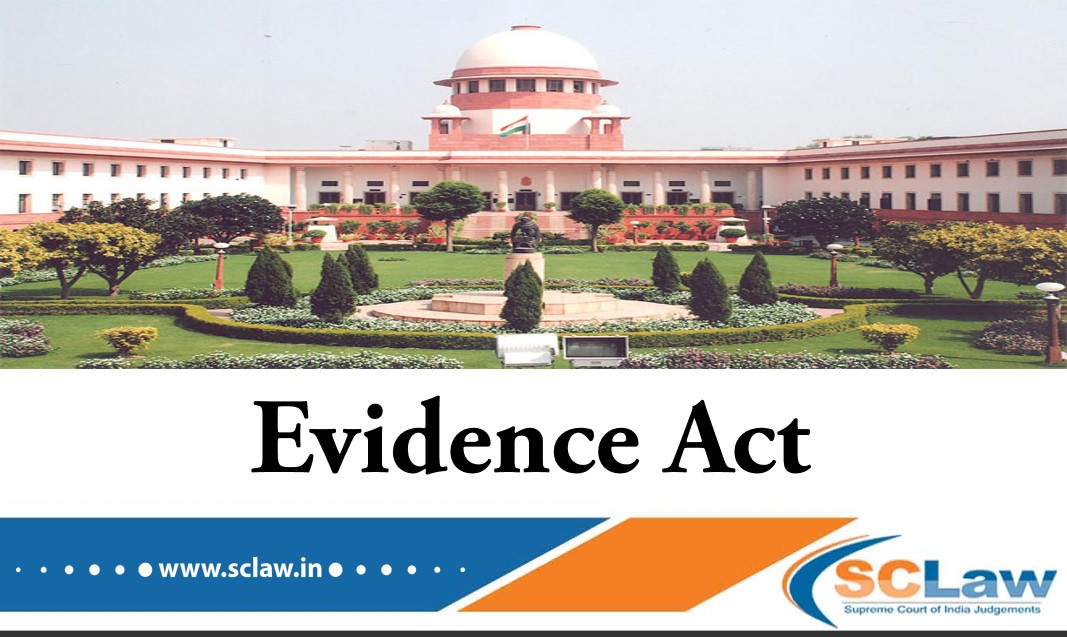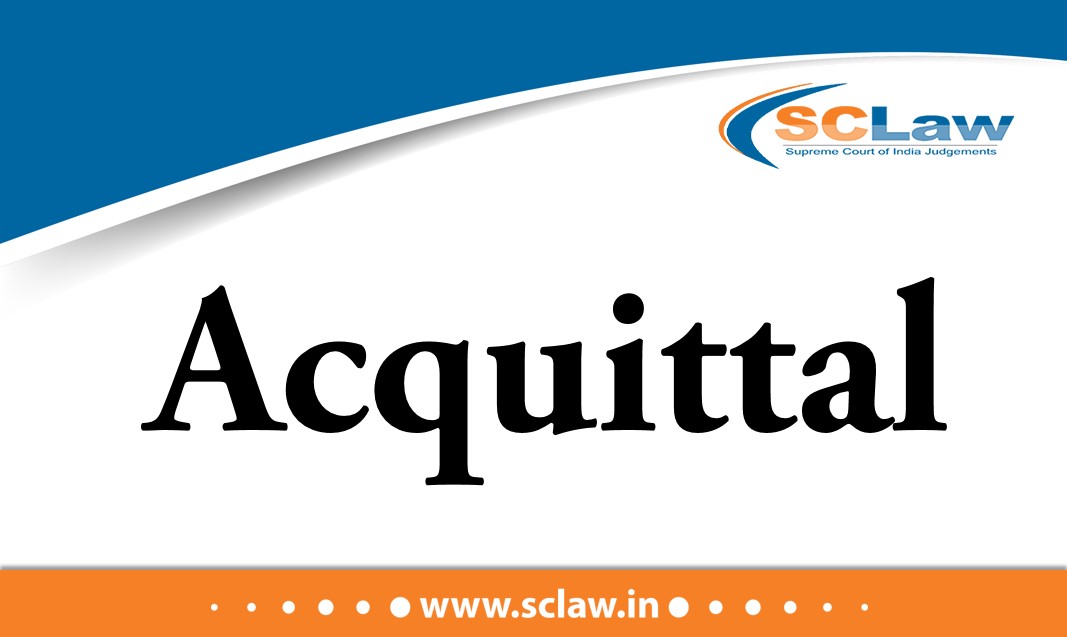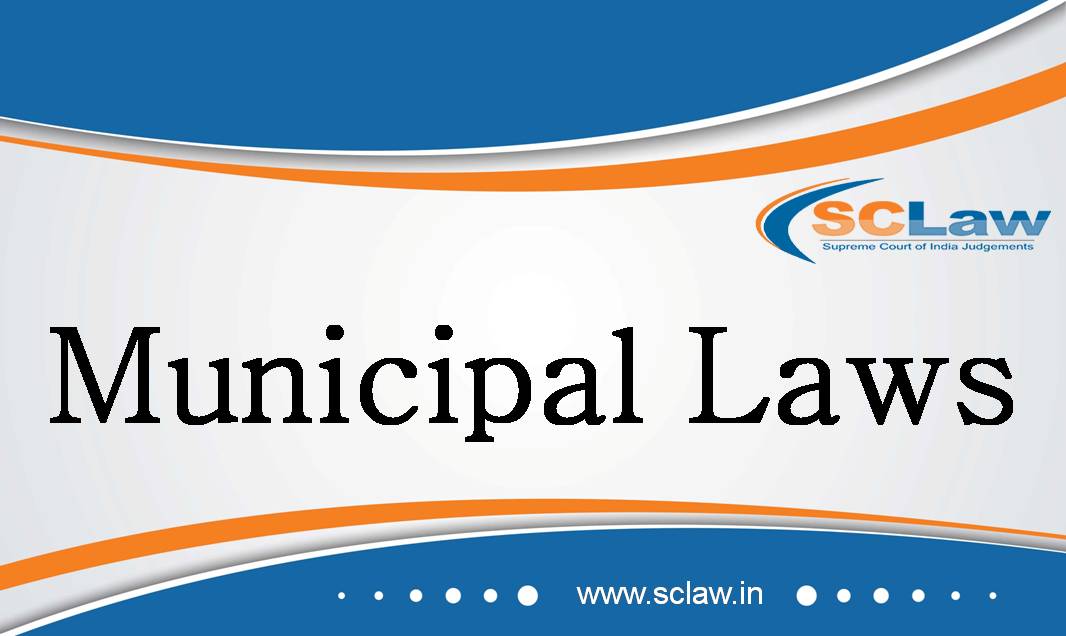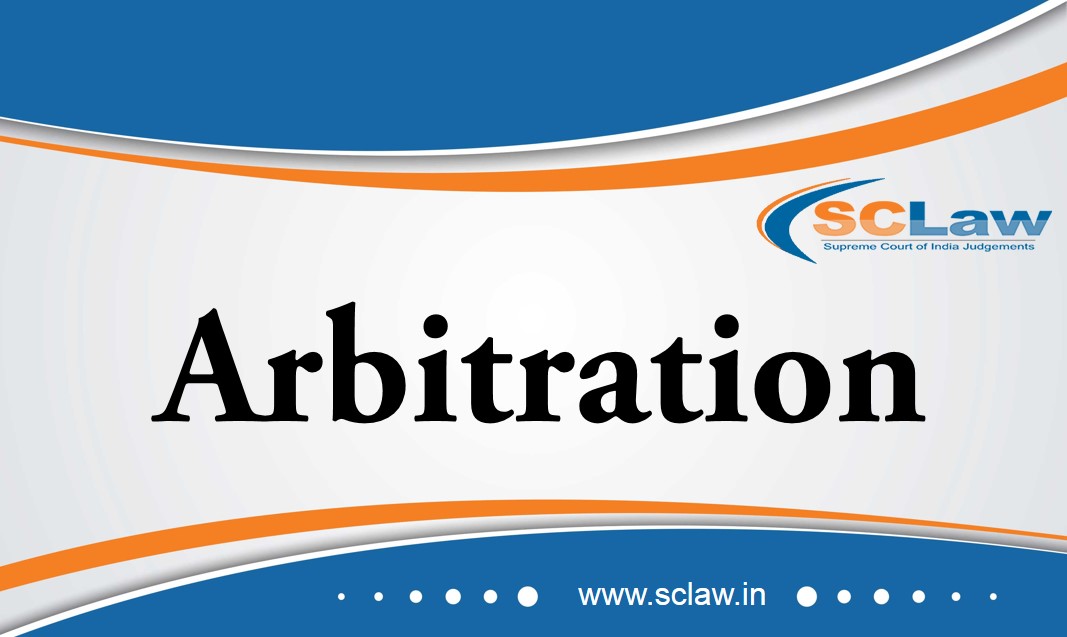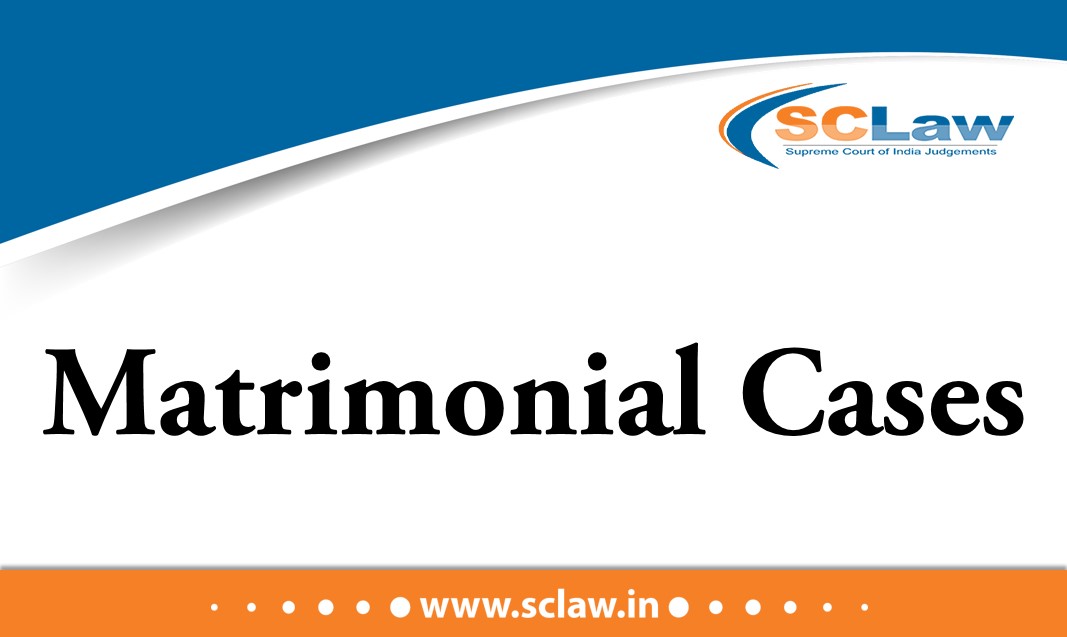(IPC) – Sections 299, 302 and 304 – Murder – Appeal against conviction and sentence -it is held that the accused conviction under Section 302 IPC was not appropriate – Section 304 IPC Code provides punishment for culpable homicide not amounting to murder (under Section 299 IPC). In the facts of the present case, this court is of the opinion that the accused should be convicted for the offence punishable under the first part of Section 304 IPC, as he had the intention of causing such bodily harm, to the deceased, as was likely to result in his death, as it did.
SUPREME COURT OF INDIA DIVISION BENCH MOHD. RAFIQ @ KALLU — Appellant Vs. THE STATE OF MADHYA PRADESH — Respondent ( Before : K.M. Joseph and S. Ravindra Bhat, JJ.…
C P C – Order XI Rule 1 (4) and Order XI Rule 1 (5) applicable to the commercial suit shall be applicable only with respect to the documents which were in plaintiff’s power, possession, control or custody and not disclosed along with plaint. Therefore, the rigour of establishing the reasonable cause in non disclosure along with plaint may not arise in the case where the additional documents sought to be produced/relied upon are discovered subsequent to the filing of the plaint.
SUPREME COURT OF INDIA DIVISION BENCH SUDHIR KUMAR @ S. BALIYAN — Appellant Vs. VINAY KUMAR G.B. — Respondent ( Before : M.R. Shah and Aniruddha Bose, JJ. ) Civil…
N G T – It is the authorities who recommended approval in respect of only 24 hectares – Insofar as the mandatory distance from the water body is concerned, the authorities upon survey had found that the mandatory distance of 0.25 km is maintained – Tribunal has grossly erred in arriving at a finding that the appellant had reduced the area to 24 hectares only in order to avoid the rigours of public hearing and further that there was no distance of 0.25 km between the proposed mining area and the Singotham Lake – Appeal allowed.
SUPREME COURT OF INDIA FULL BENCH DHRUVA ENTERPRISES — Appellant Vs. C. SRINIVASULU AND OTHERS — Respondent ( Before : L. Nageswara Rao, B.R. Gavai and B.V. Nagarathna, JJ. )…
Insolvency and Bankruptcy Code, 2016 – Section 12A – Withdrawal of application admitted under section 7, 9 or 10 – Adjudicating Authority is entitled to withdraw the application admitted under Section 7 or Section 9 or Section 10, on an application made by the applicant with the approval of 90% voting share of the CoC.
SUPREME COURT OF INDIA FULL BENCH K.N. RAJAKUMAR — Appellant Vs. V. NAGARAJAN AND OTHERS — Respondent ( Before : L. Nageswara Rao and B.R. Gavai and B.V. Nagarathna, JJ.…
Evidence Act, 1872 – Section 106 – Burden of proving fact especially within knowledge – HELD if the chain of circumstances which is required to be established by the prosecution is not established, the failure of the accused to discharge the burden under Section 106 of the Evidence Act is not relevant at all. When the chain is not complete, falsity of the defence is no ground to convict the accused.
SUPREME COURT OF INDIA DIVISION BENCH NAGENDRA SAH — Appellant Vs. THE STATE OF BIHAR — Respondent ( Before : Ajay Rastogi and Abhay S. Oka, JJ. ) Criminal Appeal…
Abetment of Suicide – Harassment -Mere harassment without any positive action on the part of the accused proximate to the time of occurrence which led to the suicide would not amount to an offence under Section 306 IPC – High Court as well as the learned trial Court have committed an error in convicting the accused for the offence under Section 306 IPC – Appeal allowed.
SUPREME COURT OF INDIA DIVISION BENCH VELLADURAI — Appellant Vs. STATE REPRESENTED BY THE INSPECTOR OF POLICE — Respondent ( Before : M.R. Shah and Aniruddha Bose, JJ. ) Criminal…
Demolition of building – Damages – Finding of the High Court that the building was demolished without giving clear three days’ notice is partly correct – Once the order was passed by the Corporation on 5.1.1995 and was put on the means of communication, the date of actual receipt of notice is insignificant as the receipt could be delayed by the recipient, though there is no such attempt or finding. Rupees 5 Lakhs as compensation granted.
SUPREME COURT OF INDIA DIVISION BENCH ABDUL KHUDDUS — Appellant Vs. H.M. CHANDIRAMANI (DEAD) THR LRS. AND OTHERS — Respondent ( Before : Hemant Gupta and A.S. Bopanna, JJ. )…
A and C Act, 1996 – Ss 9(1) and 9(3) – Arbitration agreement – Of course it hardly need be mentioned that even if an application under Section 9 had been entertained before the constitution of the Tribunal, the Court always has the discretion to direct the parties to approach the Arbitral Tribunal, if necessary by passing a limited order of interim protection, particularly when there has been a long time gap between hearings and the application has for all practical purposes, to be heard afresh, or the hearing has just commenced and is likely to consume a lot of time – High Court has rightly directed the Commercial Court to proceed to complete the adjudication.
SUPREME COURT OF INDIA DIVISION BENCH ARCELOR MITTAL NIPPON STEEL INDIA LIMITED — Appellant Vs. ESSAR BULK TERMINAL LIMITED — Respondent ( Before : Indira Banerjee and J.K. Maheshwari, JJ.…
As per Section 61(2) of the IB Code, the appeal was required to be preferred within a period of thirty days – Therefore, the limitation period prescribed to prefer an appeal was 30 days. However, as per the proviso to Section 61(2) of the Code, the Appellate Tribunal may allow an appeal to be filed after the expiry of the said period of 30 days if it is satisfied that there was sufficient cause for not filing the appeal, but such period shall not exceed 15 days. Therefore, the Appellate Tribunal has no jurisdiction at all to condone the delay exceeding 15 days from the period of 30 days, as contemplated under Section 61(2) of the IB Code.
SUPREME COURT OF INDIA DIVISION BENCH NATIONAL SPOT EXCHANGE LIMITED — Appellant Vs. MR. ANIL KOHLI, RESOLUTION PROFESSIONAL FOR DUNAR FOODS LIMITED — Respondent ( Before : M.R. Shah and…
Divorce – Husband and wife have been living separately for more than 16 years – Marriage between the parties is emotionally dead and there is no point in persuading them to live together any more – Therefore, this is a fit case for exercise of jurisdiction under Article 142 of the Constitution of India – Marriage between the parties is dissolved.
SUPREME COURT OF INDIA DIVISION BENCH SUBHRANSU SARKAR — Appellant Vs. INDRANI SARKAR (NEE DAS) — Respondent ( Before : L. Nageswara Rao and B.R. Gavai, JJ. ) Civil Appeal…





